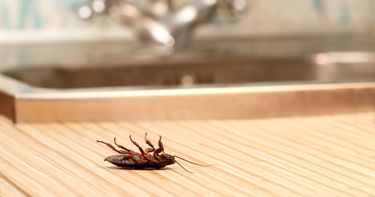
With Australia having just recorded its hottest spring on record, food businesses are being urged to prepare for a hot summer.
As the mercury soars, so too does the prevalence of pest insects who enjoy a faster breeding cycle during the warmer weather. Insects are cold-blooded, which means they also become more active as the sun warms their blood.
Many common summer pest insects such as mosquitoes, flies, cockroaches, weevils, and ants will also seek shelter indoors during the day and become more active at night.
As a result, the odds of infestation increase for all food businesses, particularly restaurants and other food businesses that operate during evening hours. Larger establishments who source food from multiple sources with complex supply chains are also at greater risk.
A particular problem for the food industry is that many pest insects have the potential to spoil or contaminate food, with crawling insects such as cockroaches carrying salmonella, gastro, and other food poisoning microorganisms.
How can food businesses take steps to protect their food this summer?
All food businesses must comply with Standard 3.2.2 – Food Safety Practices and General Requirements in the Australia New Zealand Food Standards Code. The standard requires that a business does everything it reasonably can to ward off pests by:
Taking reasonable steps to prevent pests will vary according to the nature of the food business. Nevertheless, food businesses are being encouraged to consider these seven tips to a pest-free summer:
Food businesses that are having difficulty eradicating pests should contact a licensed pest controller. While utilising a pest controller is not a legal requirement, they can help business owners to satisfy their legal requirements, prevent loss of stock, and can even save a food business's reputation. 
Article published by Food Safety Select
As a food business owner, you understand the impor...
View MoreFoodborne illness is a significant concern for Aus...
View MoreThe food industry is no stranger to the threat of ...
View MoreAs a food business owner, it's crucial to ensu...
View More_1.png)